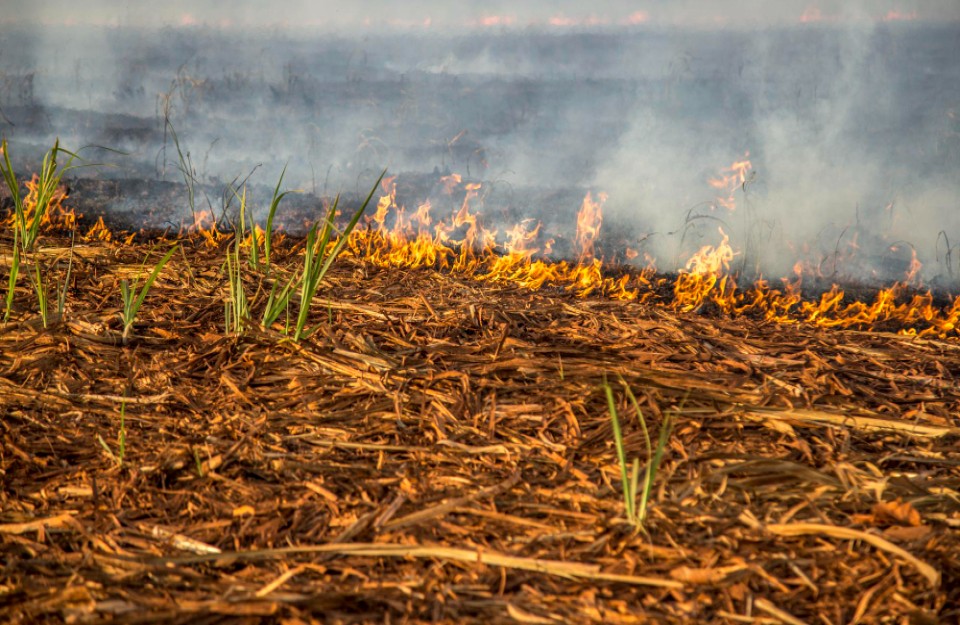
The Environmental and Health Risks of Stubble Burning
By khetivyapar
Posted: 17 May, 2024 12:00 AM IST Updated Tue, 24 Sep 2024 12:04 PM IST
In Gorakhpur, the Agricultural Department team is raising awareness among farmers about the harmful effects of stubble burning. District Agricultural Officer Arvind Kumar Singh informed farmers about the negative impacts of burning crop residue in their fields.
Increased Air Pollution:
Burning stubble significantly increases air pollution, posing health risks to the public.
- Decreased Soil Fertility: Burning stubble heats the soil, destroying organic carbon, which is essential for maintaining soil fertility.
- Reduced Crop Productivity: The lack of organic carbon leads to nutrient deficiencies in the soil, resulting in decreased crop productivity.
- Death of Beneficial Soil Bacteria: The heat from burning stubble kills beneficial soil bacteria, which are crucial for providing essential nutrients to crops.
- Agricultural Department's Appeal: The Agricultural Department urges farmers not to burn stubble in their fields. Instead, they are encouraged to convert stubble into organic compost by placing it in pits. Using this organic compost in fields can enhance soil fertility and increase crop productivity.
Points to Note:
- Stubble refers to the crop residue left in fields after the harvest of wheat and other grains.
- The government may impose fines for burning stubble in fields.
- The Agricultural Department is continuously running awareness campaigns to discourage farmers from burning stubble.
